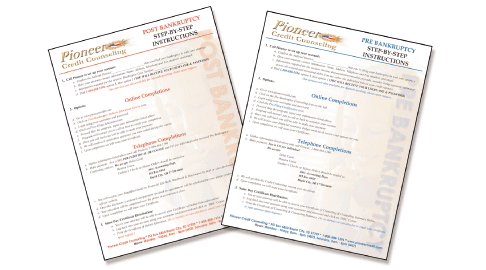Ask questions and find out about the manufacturer’s warranty. Ask how long it lasts and what it will cover. You may find that the product’s warranty is sufficient enough for you.
Of course, you will then want to ask about the extended warranty. The first thing you are going to want to ask is how much is the warranty. You will want to make sure that the warranty price is in fair relation to the actual price of the item. You don’t want to pay $50 for an extended warranty when the price of the item is $125 or so. That’s too high of a percentage for the warranty.
When does the extended coverage begin? It’s important to find out if the coverage begins immediately or takes effect as soon as the manufacturer’s warranty expires. The extended warranty may have different coverage options than the item’s warranty but you need to know if it starts immediately or later.
You also need to find out how long each warranty lasts. The original product warranty may be sufficient enough time to not need an extended warranty. If you are offered a long extended warranty for an affordable price it may be worth the peace of mind. If the extended warranty is only for a couple of years there is a chance that the product you will buy will not have any problems in that time frame.
Extended warranties for cars will often be offered for a certain time frame or up to a specific amount of miles. There is also a lot more information that is covered when it comes to automobile warranties. What is and isn’t covered can be complicated if you don’t thoroughly review the warranties offered.
Make sure you find out what both warranties cover. Does it only cover equipment problems or will accidental damage be covered as well? Some policies will not cover anything that was caused by the user, so if you were to drop your new flat screen you would be out of luck, but if a mounting bracket failed and caused the TV to crash to the ground it may be covered.
Ask if they can give you a copy of the warranty to read and review. That way you can go through it and read everything that is and is not covered. That way you don’t buy an extended warranty and find out later that not all damage and replacements are covered.
Take a look at items you have purchased in the past. How often have you had to take an item in to have repairs done or the item replaced? Sure, things can happen at any time but it’s more likely that you will not have to use a warranty.
Research the item you plan on buying. Is there a history of problems that comes with it or are customers generally happy with it? If you save money buying a cheaper product you may not be saving at all if you decide to buy an extended warranty because the item tends to malfunction.
Instead of an extended warranty, you may want to take the amount of the warranty or monthly payment of the warranty and put it into a savings account. Then if you were to have a problem that needed to be repaired you could pay it out of your savings and if you don’t have any problems then you didn’t spend that money on something it turned out you didn’t need.
It’s up to you to determine the risks vs. rewards. If you are confident that you do not foresee any problems you may want to skip it, but if you are going to lose sleep because you think something is going to happen then you may want to pay for the extra peace of mind.








